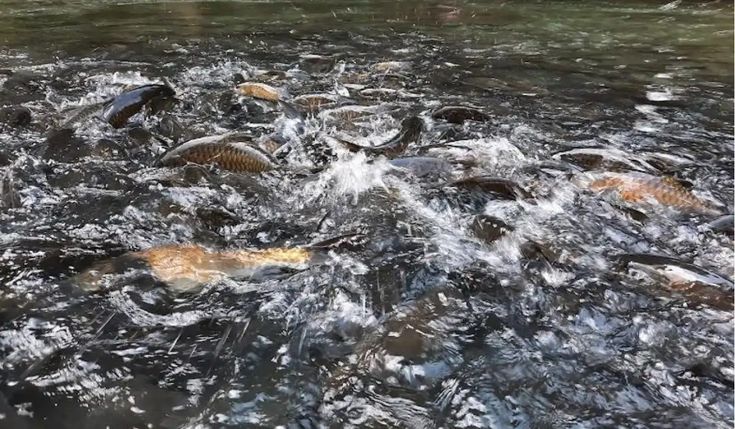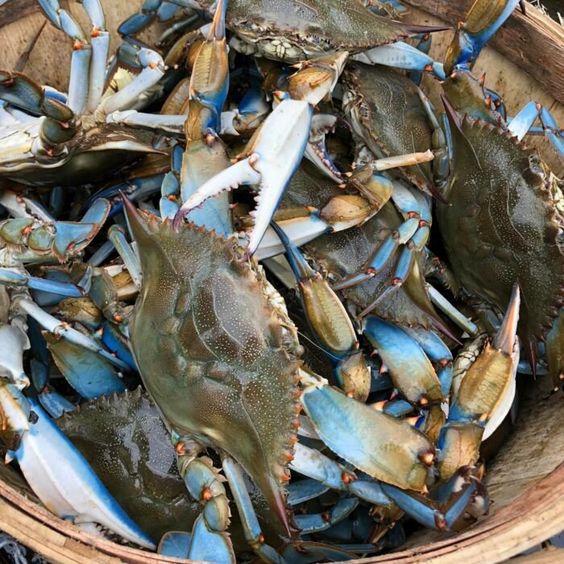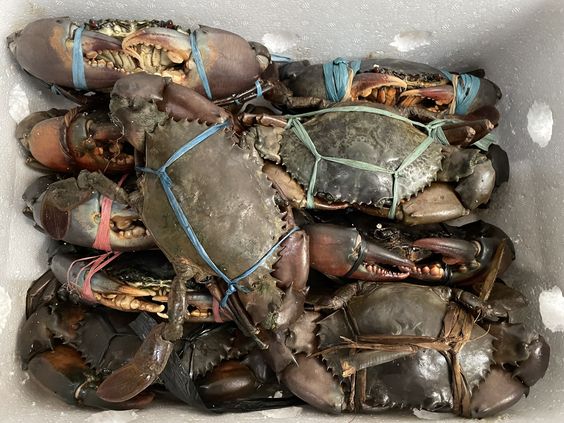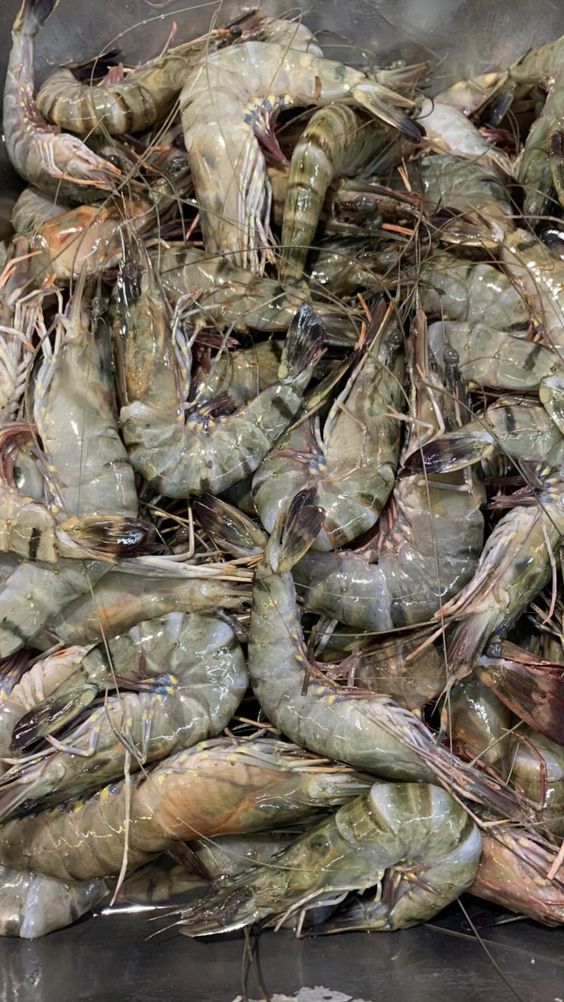Sustainable Tilapia Cultivation: A Bountiful Harvest for Generations to Come
Sustainable Tilapia Cultivation,As the global population rises, so does the demand for a healthy, affordable, and sustainable source of protein. Tilapia, a versatile and fast-growing freshwater fish, emerges as a frontrunner in meeting this challenge. Cultivated responsibly, tilapia offers a plethora of benefits for consumers, producers, and the environment. This article delves into the world of sustainable tilapia cultivation, exploring its practices, advantages, and its potential to ensure a bountiful harvest for generations to come.
Sustainable tilapia cultivation goes beyond simply raising fish. It’s a holistic approach that prioritizes environmental responsibility, economic viability, and social well-being throughout the entire production process. Here are some key principles that define this approach:
Environmentally Friendly Practices:
- Water Management: Minimizing water usage through efficient pond systems, recirculating aquaculture systems (RAS), and biofloc technology.
- Waste Reduction: Implementing strategies to manage and treat waste products, potentially using them as fertilizer in agriculture (integrated aquaponics).
- Habitat Protection: Selecting farm locations that minimize impact on natural ecosystems and avoiding the use of antibiotics that can harm aquatic environments.
Responsible Feed Production:
- Sustainable Ingredients: Utilizing plant-based feed sources or alternative protein sources like insects to reduce reliance on fishmeal, which can strain wild fish populations.
- Nutrient Efficiency: Utilizing feed formulations that optimize nutrient uptake by tilapia, minimizing waste and environmental pollution.
Social Responsibility:
- Fair Labor Practices: Ensuring safe and fair working conditions for all personnel involved in the tilapia cultivation process.
- Local Community Engagement: Collaborating with local communities to minimize disruptions and create opportunities for shared benefits.

Contents
- 1 The Advantages of Sustainable Tilapia Cultivation
- 2 The Goals of Sustainable Tilapia Cultivation
- 3 The Road Ahead: Challenges and Opportunities
- 4 The Greatness of Sustainable Tilapia Cultivation
- 5 Cultivating a Sustainable Future: Actionable Steps
- 6 A Look Towards the Future: Innovation and Continuous Improvement
The Advantages of Sustainable Tilapia Cultivation
Sustainable tilapia cultivation offers a multitude of advantages, making it a compelling choice for the future of food production:
Environmental Benefits:
- Reduced Water Footprint: Sustainable practices significantly decrease water usage compared to traditional methods.
- Lower Environmental Impact: Responsible waste management and habitat protection minimize environmental degradation.
- Sustainable Feed Production: Utilizing alternative feed sources reduces pressure on wild fish stocks, promoting ocean health.
Economic Advantages:
- Efficient Production: Sustainable practices often lead to improved feed conversion rates, maximizing yield and profit for producers.
- Market Demand: Consumers increasingly seek out sustainably produced seafood, creating a reliable market for responsible tilapia farmers.
- Job Creation: Sustainable tilapia cultivation fosters job opportunities throughout the production chain.
Social Benefits:
- Improved Food Security: Sustainable tilapia production contributes to a reliable source of protein for a growing population.
- Community Development: Responsible practices can create economic opportunities and improve livelihoods in local communities.
- Humane Treatment: Sustainable practices often emphasize the welfare of the fish, ensuring they are raised in healthy and appropriate conditions.
The Goals of Sustainable Tilapia Cultivation
The ultimate goal of sustainable tilapia cultivation is to create a win-win situation for all stakeholders. Here’s a breakdown of some key objectives:
- Reduced Environmental Impact: Minimize the ecological footprint of tilapia production, ensuring long-term sustainability.
- Improved Resource Efficiency: Optimize water usage, feed production, and overall resource utilization within the cultivation process.
- Economic Prosperity: Create a profitable and viable industry for tilapia producers, fostering economic growth and employment opportunities.
- Social Responsibility: Promote fair labor practices and work towards positive social impacts in local communities.
- High-Quality Protein Source: Ensure the production of healthy and delicious tilapia that meets consumer demands for quality and sustainability.
The Road Ahead: Challenges and Opportunities
Despite its advantages, sustainable tilapia cultivation faces challenges. Consumer awareness remains a work in progress, and ensuring proper certification and labeling systems are crucial to differentiate sustainable tilapia from less environmentally friendly practices. Additionally, continuous research and development are needed to improve existing techniques and explore innovative solutions, such as advanced water treatment technologies and alternative feed sources.
However, the opportunities are vast. As consumer demand for sustainable seafood grows, tilapia producers who embrace these practices are well-positioned for success. Collaboration between governments, NGOs, and the aquaculture industry is key to overcoming challenges and creating a robust and sustainable tilapia cultivation sector.
The Greatness of Sustainable Tilapia Cultivation
While the advantages of sustainable tilapia cultivation are numerous, it’s worth emphasizing its overall “greatness” in the context of global food production:
- A Champion for Food Security: Tilapia’s rapid growth rate and efficient feed conversion make it an excellent source of protein for a growing population. Sustainable practices further ensure the long-term viability of this valuable food source.
- A Beacon of Environmental Responsibility: By minimizing water usage, reducing waste, and promoting responsible feed production, sustainable tilapia cultivation sets a positive example for other aquaculture practices.
- A Catalyst for Economic Growth: This approach fosters a thriving aquaculture industry, creating jobs, boosting local economies, and generating wealth for producers and communities alike.
- A Model for Social Equity: Sustainable practices prioritize fair labor practices and can contribute to improved living standards and opportunities in local communities.
- A Commitment to Animal Welfare: When done right, sustainable tilapia cultivation ensures the health and well-being of the fish, promoting humane treatment throughout the production cycle.
Cultivating a Sustainable Future: Actionable Steps
Here’s how we can all contribute to the success of sustainable tilapia cultivation:
- Consumers: Look for certifications and labels that indicate sustainable practices when purchasing tilapia. By making informed choices, consumers can drive demand for responsibly farmed fish.
- Producers: Embrace sustainable practices throughout the entire production chain, from water management and feed sourcing to waste treatment and social responsibility. Seek out certifications to demonstrate their commitment to sustainability.
- Governments: Implement policies and regulations that incentivize and support sustainable aquaculture practices. Invest in research and development to propel the industry forward.
- NGOs: Play a vital role in promoting awareness about sustainable tilapia cultivation, educating consumers, and supporting producers in adopting sustainable practices.
- Scientific Community: Conduct ongoing research to develop even more efficient, environmentally friendly, and socially responsible tilapia cultivation techniques.
A Look Towards the Future: Innovation and Continuous Improvement
The future of sustainable tilapia cultivation is bright, brimming with potential for innovation and continuous improvement. Here are some exciting possibilities on the horizon:
- Advanced Technologies: Recirculating aquaculture systems (RAS) with improved water treatment technologies offer even greater water efficiency and reduced environmental impact.
- Alternative Feed Sources: Research into novel feed sources like insect protein, algae, and single-cell protein holds immense promise for reducing reliance on traditional fishmeal and promoting even more sustainable practices.
- Integrated Farming Systems: Integrating tilapia cultivation with other agricultural practices, such as aquaponics, can create a closed-loop system that maximizes resource utilization and minimizes waste.
- Precision Aquaculture: Utilizing advanced monitoring and data analysis can optimize feed usage, water management, and overall farm efficiency.
By embracing these innovations and continuously striving for improvement, sustainable tilapia cultivation can become an even greater force for good, ensuring a bountiful harvest for generations to come.
Sustainable tilapia cultivation is not just a method of raising fish, it’s a philosophy that prioritizes the well-being of our planet, its inhabitants, and the generations that will follow. By adopting sustainable practices, we can nourish our bodies, nurture our environment, and empower communities, all while enjoying the delicious and versatile tilapia on our plates. Let us all, consumers, producers, and stakeholders alike, work together to ensure a sustainable future for tilapia cultivation, a future where delicious protein goes hand-in-hand with environmental responsibility.






